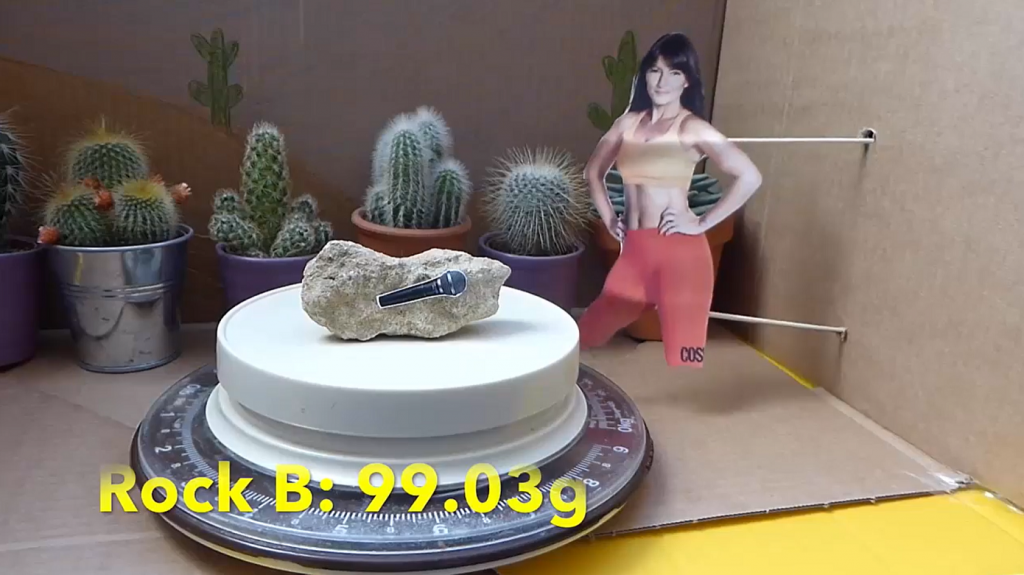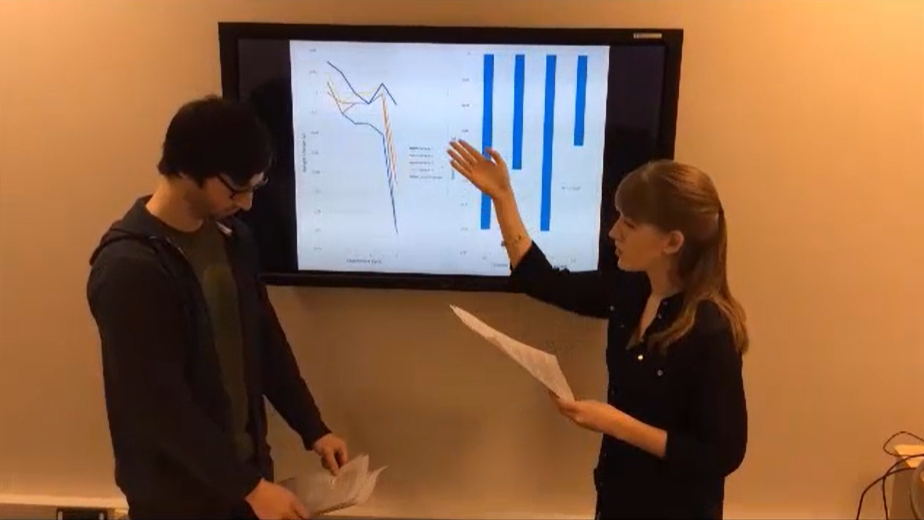In her chapter in the recently published book ‘Languages at work, competent multilinguals and the pedagogical challenges of COVID-19’, Cecilia Goria describes the positive response of staff to the enforced move to teaching online due to the pandemic. This phase was described as Emergency Remote Teaching (ERT) – the quick unplanned response to the lockdown. Hodges et al. (2020) describe the speed with which this move to online instruction happened is ‘unprecedented’ and ‘staggering’.
But how did students respond?
Following the shift to emergency remote teaching in March 2020 90% of our students claimed that motivation was a disruptive factor in completing their studies. 70% of students reported concerns with motivation for the coming academic year, compounded by the reduced levels of on-campus teaching and face to face social interactions they will have.

Requiring students to record and submit media for assessment is not a new development but this method of assessment has been adopted more widely recently due to the lockdown caused by the recent global pandemic shifting teaching online. In part, the adoption has been driven by a desire to help students to remain motivated and address some of the concerns described above.
Even before the advent of smartphones, here at Nottingham trailblazing staff in Geography, Cultures, Languages and Area Studies and Nursing were setting assessment activities that required their students to submit media rather than text.
When you acknowledge that the process for creating, submitting and marking such submissions was much trickier in the past, it’s a testament to the enthusiasm such assignments generate that the results are so inspiring. You can see some examples of submissions from students in Geography (used with kind permission). Students often spent many hours working on creating videos. This was not always desirable and has led to a greater understanding of the importance of setting clear expectations for the time commitment and providing a clear marking rubric.
In fact, for the last twenty years, the Independent Second Year Project, a module in the Department of Classics, has gone a step further in it’s innovative approach to assessment. Students choose both the subject matter and the format of their submitted work. As well as video, submissions have ranged from websites, teaching-plans, travel guides, reconstructions, fiction to artwork. A collection of student submissions has now been digitised so that students embarking on the assessment can explore the wide range of past submissions.

So why did the setting of assessments in which the students are required to submit media become so popular?
For some subjects it was an obvious easy alternative to assessments that had previously been carried out in-person. eg presentations that could not be carried out in the normal way due to the requirements for social distancing. A range of alternative assessments of this type were set to enable students to demonstrate language acquisition for example.
Self-reflection– recording reflective videos as part of assessment again is nothing new but the rate of adoption of this method increased during lockdown. Staff found that many students preferred this method to writing long reflections and the results were more authentic and more like natural self-reflection in a wider context beyond education. Students became increasingly familiar with Microsoft Teams during lockdown (all synchronous classes were taught this way) and so this became a preferred tool for recording too. Our guide for students recording media for submission lists all the supported methods that students could use to record their video.
Group work and roleplay – The ease of recording virtual meetings by students via Teams led to role play and other group video projects being much easier to create and administer. Education had long used roleplay in counselling courses and summaries of teaching practice. They were able to carry on with this assessment requirement as the method was not disrupted by lockdown. 
I’ve previously mentioned authenticity and some might query if video is indeed a more authentic means of demonstrating skills, knowledge and understanding, but the massive adoption of media as a primary means of conveying information continues apace and it is becoming a basic skill to be able to create, manipulate and publish all kinds of media as part of our daily lives. In fact, our recent work in the field of Student Digital Capabilities identifies media literacy as a skill for life. (Jisc ‘Digital Experience Insights Survey, 2019) found that students’ courses don’t sufficiently ‘prepare them for the digital workplace’.
As Serrano et al. note in their research, the current climate in Higher Education Institutions encourage forms of assessment that favour a success-oriented student mentality (strategic learning) rather than authentic self-assessment of what has really been learnt.
The research we carried out over 10 years ago at The University of Nottingham when first trialling systems to automate the recording of lectures found that students recorded their own presentations for later review even where there was no related assessment. They understood that self reflection helped them to perform better and wanted to review their own performances to help the to improve their delivery. 
The Outcomes/ Lessons learnt
- Set clear expectations and ensure that the students are fully aware of these.
- Assessment is high stakes and often induces fear and panic in students so ensure that you set a formative task that enables them to develop the necessary skills before they are expected to carry out the summative task.
- Create a clear marking rubric that is fair and aids both the students in understanding what is expected and the teacher in marking consistently.
- Ensure that there is a level playing field in terms of technical resources. If lack of equipment is a barrier this needs to be addressed (eg by providing loan equipment or vouchers to purchase the necessary equipment).
- Include the service desk and any other appropriate support staff and ensure that they are fully briefed and the routes to obtain support for both students and staff are clearly established.
- Review the process from the MSD (Module specification Document) where the assessment method is approved to final exam board approval of marks and address any unmet support needs along the way.
- Understand that if media is being uploaded by many students, the media hosting infrastructure could be swamped. (Beware of running out of disk space or incurring unexpected hosting costs if you are using a Software as a Service provider for video hosting).
Conclusion/ recommendations
- Don’t try too much the first time. Keep it simple initially and once you and your students are more familiar with the techniques you can introduce more complex requirements if needed (eg multimodal assessments).
- Form an interdisciplinary team, including experts in each area to share good practice (eg sharing marking rubrics), include any resource centres that might be able to provide support or equipment.
- Sharing of good practice. A podcast, SharePoint site and events to build a community of practice are good methods to ensure experiences are shared and success stories disseminated.
- Ensure that student skills and teacher skills are not over-estimated and provide training where necessary.
Written by Sally Hanford
Sally Hanford is currently a Learning Technology Consultant at the Faculty of Arts at the University of Nottingham. She has worked in media related roles at the University of Nottingham for 20 years.
- Linkedin: https://uk.linkedin.com/in/sally-hanford-b1b3628
- Twitter: https://twitter.com/seh_notts